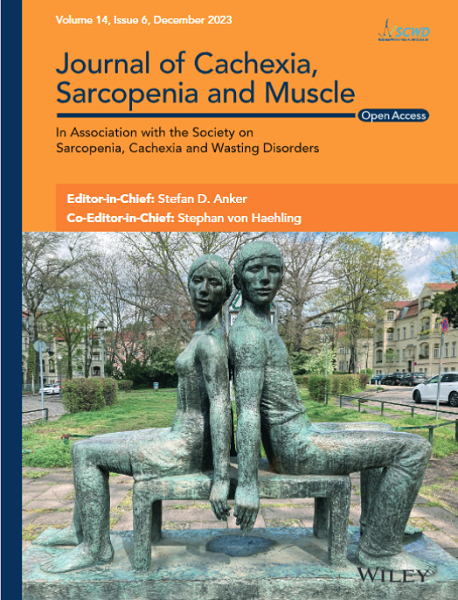A Randomized Controlled ‘REAL-FITNESS’ Trial to Evaluate Physical Activity in Patients With Newly Diagnosed Multiple Myeloma
Abstract
Background
Multiple myeloma (MM) is the second most common haematological malignancy. The predominantly older patients often suffer from comorbidities that impair their quality of life (QoL). Physical activity (PA) can be beneficial for cancer patients, but less evidence exists in MM. This randomized controlled trial (RCT) compared an exercise group with World Health Organization (WHO)–compliant PA (150 min aerobic exercise and 2 resistance training-sessions/week) vs. activity as usual (control group).
Methods
Thirty-four newly diagnosed consecutive MM patients were randomized 1:1 to exercise vs. control groups. Guided training (2×/week) was performed for 3 months during bortezomib–cyclophosphamide–dexamethasone (VCd) induction. PA was monitored using smartwatches and diaries. Demographics, osteolytic lesions, infections, fatigue, depression, and biomarkers (albumin, creatine kinase, C-reactive protein, high-density lipoprotein, low-density lipoprotein and pro-brain natriuretic peptide) were compared in exercise vs. control cohorts. VCd-tolerance, response, ‘timed-up-and-go-test’ (TUGT), Revised Myeloma Comorbidity Index (R-MCI), QoL (SF-12 questionnaire), event-free survival and trainer assignment during the training period were assessed (13 tests at baseline, during VCd and end of treatment [EOT]).
Results
The exercise group was more than twice as active as the control group, with an average aerobic activity of 162 versus 68 min/week, respectively. Trainer-guided muscle-strengthening exercises were performed 2×/week in the exercise group, in line with WHO recommendations. These data were monitored via smartwatches and training diaries. PA proved to be safe: No exercise-related SAEs or accidents occurred. The study adherence was 94% (32/34). In the exercise versus control group, AEs to VCd induction (6% vs. 25%), therapy intolerance (6% vs. 25%) and hospitalization (31% vs. 50%, respectively) occurred less frequently. VCd-dose adjustments in the exercise vs. control group were significantly less needed (6.3% vs. 37.5%, respectively). At EOT, patients in the exercise group showed less fatigue (6% vs. 75%), less depression (6% vs. 44%), better TUGT (6 vs. 11 s, respectively), improved R-MCI and QoL compared to the control group. Grip strength (right hand: 73–82 lb; left hand: 68–72 lb) significantly improved from baseline to EOT in the exercise group. Biomarkers did not significantly differ in both groups, but response to VCd-induction and event-free survival were improved in the exercise group, however, without reaching statistical significance.
Conclusions
PA in MM patients during induction is feasible and can improve fatigue, depression, TUGT, grip strength, comorbidities and QoL. More sport intervention offers are warranted to advance exercising in MM.
Trial Registration: drks.de: DRKS00022250


 求助内容:
求助内容: 应助结果提醒方式:
应助结果提醒方式:


